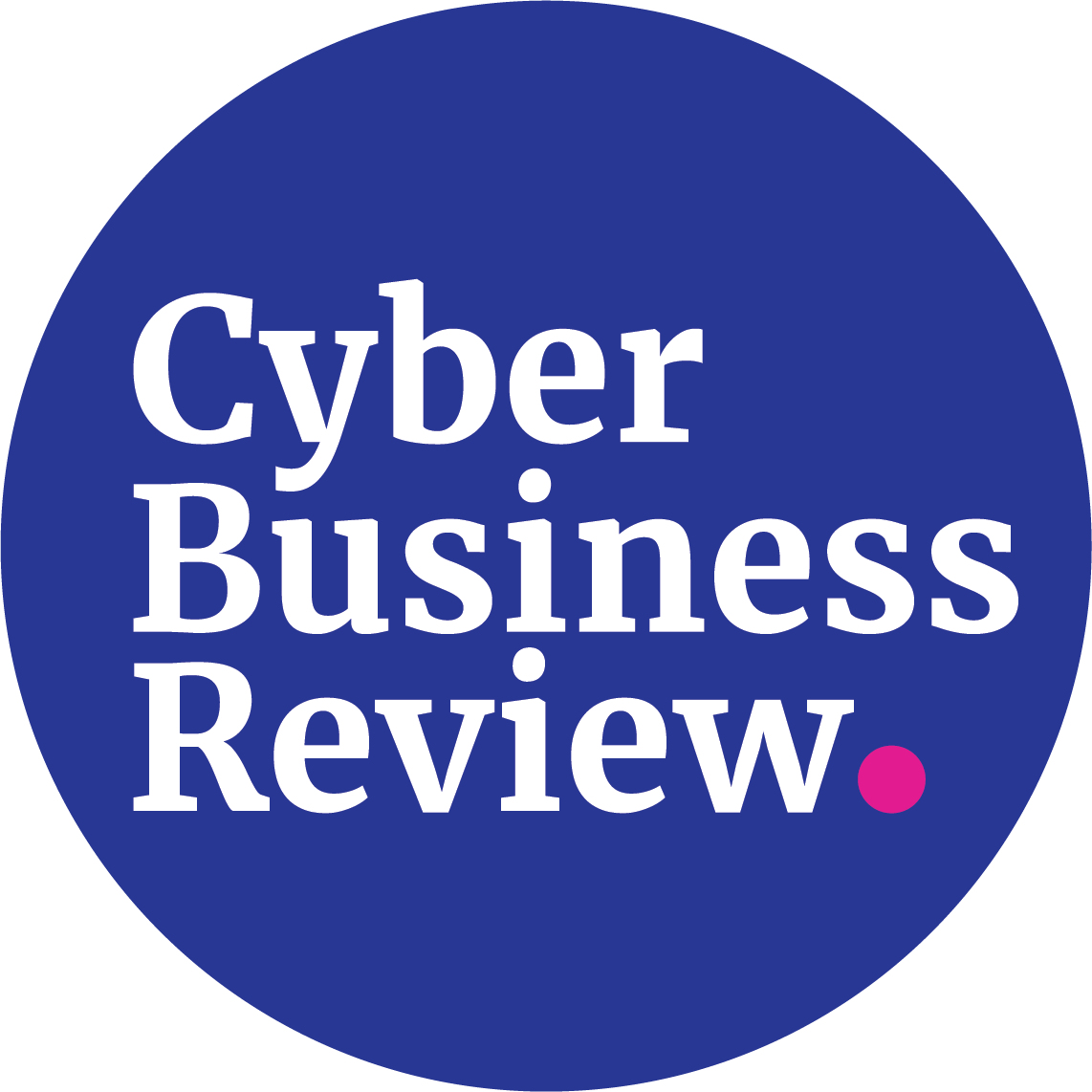Buckle Up! Because Cyber Saves Lives
11-May | Written by Steve Tso • Cyber Business Review• Victoria, BC
Running your business without an emphasis on cybersecurity is like driving without a seat belt. Believe it or not, this was legal and socially acceptable in parts of Canada up until 1991. Looking back, it’s easy to chalk it up to “changing times” that nudged laws and public behaviour to evolve to where they are today. But what do we mean by “changing times”? Take a closer look and you’ll realize that these two small but often overlooked words are an accumulation of almost 40 years of product evolution, public education, awareness, policy setting, and collaboration by all stakeholders pushing towards a common goal, industry-wide, community-wide, city-wide, province-wide, nation-wide, and beyond.
So how do we accelerate “changing times” as it relates to cybersecurity? Because repeatedly seeing incidents late last year’s LifeLabs breach, where half of Canada was affected, or more recently, CRA’s breach this February, where 144,000 people had their personal information stolen, is NOT ok. We need cybersecurity to reach seat belt-level of public acceptance- now.
The history of seat belt adoption involves two main action levers. On one hand, there were legislation and public education/awareness programs mandated by public facing entities such as law enforcement and advertisement councils (remember those “Buckle Up” campaigns?). On the other, car manufacturers were doing their part by sharing passenger safety knowledge and evolving the seat belt from a 2-point lap belt which was originally an optional feature, and at one point, even sold separately at gas stations, to a mandatory 3-point belt system protecting both upper and lower torsos. Fast forward 40 years, the two action levers working together has saved over one million lives.
Bringing it back to cybersecurity and drawing parallels, one effective way to enhance digital safety is to democratize contextual peer knowledge for those working in the field. As cyber professionals working for organizations interconnected via national and international economies, the way we individually manage our data can have massive implications downstream in terms of reach and affect. Simply put, we are all each other’s cyber stakeholders whether we choose to or not. Therefore, it’s in our best interest to optimize the collective advancement of our economy’s cyber posture. If as a result of me learning from you, or you learning from me, that one or the both of us shorten our respective learning curves to optimize our individual cyber defenses, then collectively we’ve accelerated cyber evolution in Canada. Multiply this across the national workforce, and the resulting value created is clearly substantial.
We started Cyber Business Review (CBR) to facilitate this advancement by providing a platform for crowdsourced cyber knowledge exchange. To ensure content relevance and unbiasedness, all of our generated articles are written by members of the cybersecurity community, and we’re very grateful for the generosity of the industry experts who sit on our Content Advisory Committee [https://www.cyberbusinessreview.com/our-advisors]. This group is comprised of cyber leaders you recognize and trust. They’re volunteering their time and expertise to vet all submitted articles before public release. We’ve instilled this peer-vetting mechanism to ensure content caliber and relevance.
If you have an interesting topic or lesson learnt that you think is valuable for your peers, we encourage you to get involved and share it on CBR. There are currently ten topic categories for you to choose from. If you have questions or suggestions, please send me an email. Now let’s go and accelerate “changing times”!
Cloud Security
Ransomware
IOT
AI/ML
Cyber Talent
Enterprise Security
Cyber Innovations
Cyber Preparedness
Cyber Insurance/Law


